Peer Review Process
How We Evaluate Manuscripts
At the Center for Energy and Economics Studies, we prioritize maintaining a fair and rigorous peer review process to ensure the highest quality of academic publications. Below you will find detailed descriptions of how we handle peer reviews for both academic monographs (books) and journal articles.
The peer review process for academic monographs is designed to ensure that every manuscript meets the highest academic standards and contributes meaningfully to the field. Below are the steps involved:
Initial Evaluation:
- Once a manuscript is submitted to https://ceesus.org/index.php/books, our editorial team conducts an initial screening to assess the manuscript’s suitability for publication. This involves evaluating the manuscript's alignment with our scope, originality, and relevance.
- If the manuscript passes this initial evaluation, it is sent to external peer reviewers with expertise in the relevant field.
Peer Reviewer Selection:
- We select at least two to three independent peer reviewers who are experts in the subject matter of the manuscript. These reviewers are chosen for their expertise, objectivity, and experience in academic publishing.
- The reviewers are provided with a clear set of guidelines to help them evaluate the manuscript rigorously, focusing on the scientific accuracy, clarity, coherence, and originality of the work.
Review Criteria:
- Content Quality: The manuscript's academic contribution, depth of analysis, and relevance to the field.
- Structure and Clarity: Organization, writing quality, and logical flow of chapters.
- Methodology: If applicable, the rigor and appropriateness of research methods.
- References: Completeness and accuracy of citations.
- Ethical Considerations: Proper handling of data, authorship, and adherence to ethical standards.
Review Outcome:
- The reviewers will recommend one of the following outcomes:
- Accepted: The manuscript is ready for publication with no further changes required.
- Minor Revisions: Some changes are necessary, but they are relatively straightforward.
- Major Revisions: Substantial changes are required before the manuscript can be considered for publication.
- Rejected: The manuscript does not meet the necessary standards for publication.
- After the reviewers have provided their feedback, the editorial team will make a final decision on whether to accept or reject the manuscript. If revisions are required, the authors will be asked to address the comments and resubmit the manuscript for further review.
Final Review and Publication:
- After the manuscript has passed the peer review and revision process, the final version is checked for any remaining errors. Once approved, it is prepared for publication.
The peer review process for journal articles is essential for maintaining the integrity and scholarly standards of the journal. Below is the breakdown of the peer review process for submissions to eett.us:
Initial Submission Review:
- Upon submission through eett.us, the editorial team first conducts an initial evaluation to assess the manuscript’s suitability for the journal. This includes checking for relevance to the journal’s scope, adherence to submission guidelines, and basic quality standards.
- If the manuscript passes the initial review, it is sent for formal peer review.
Peer Reviewer Selection:
- We assign at least two to three independent peer reviewers with expertise in the manuscript’s field. These reviewers are selected based on their experience, impartiality, and knowledge of the research area.
- Reviewers are provided with a detailed rubric to assess the manuscript, ensuring a thorough and fair evaluation.
Review Criteria:
- Scientific Rigor: The robustness of the research design, methodology, and analysis.
- Relevance and Novelty: The manuscript’s contribution to the field and its originality.
- Clarity and Structure: The readability, logical flow, and clarity of arguments and findings.
- Ethics: Adherence to ethical standards in research and authorship.
- Citations and References: Proper and comprehensive use of sources and references.
Review Outcome:
- After the peer reviewers provide their feedback, the editorial team will decide on the following possible outcomes:
- Accepted: The manuscript meets all necessary criteria and is ready for publication.
- Minor Revisions: Changes are required, but they are minor and do not significantly affect the manuscript's core message.
- Major Revisions: Substantial revisions are needed, particularly in terms of methodology, analysis, or presentation.
- Rejected: The manuscript does not meet the standards for publication in the journal.
- The authors will receive detailed feedback from the reviewers, and they will be asked to revise their manuscript accordingly. After resubmission, the manuscript may undergo another round of review if necessary.
Final Decision:
- After revisions are completed and the manuscript meets the required standards, the editorial team makes the final decision. Once accepted, the article will go through copyediting, proofing, and layout before publication.
Publication:
- Accepted manuscripts are published in the next available issue of the journal. Authors will be notified of the publication date.
Conclusion
Our peer review process for both academic monographs and journal articles is designed to ensure that only high-quality, ethically sound, and academically rigorous works are published. By adhering to the principles of fairness, objectivity, and transparency, we aim to contribute to the advancement of knowledge and foster academic excellence.
If you have any questions regarding the peer review process or need assistance during your submission, please refer to our Submission Guidelines or contact the editorial team.

